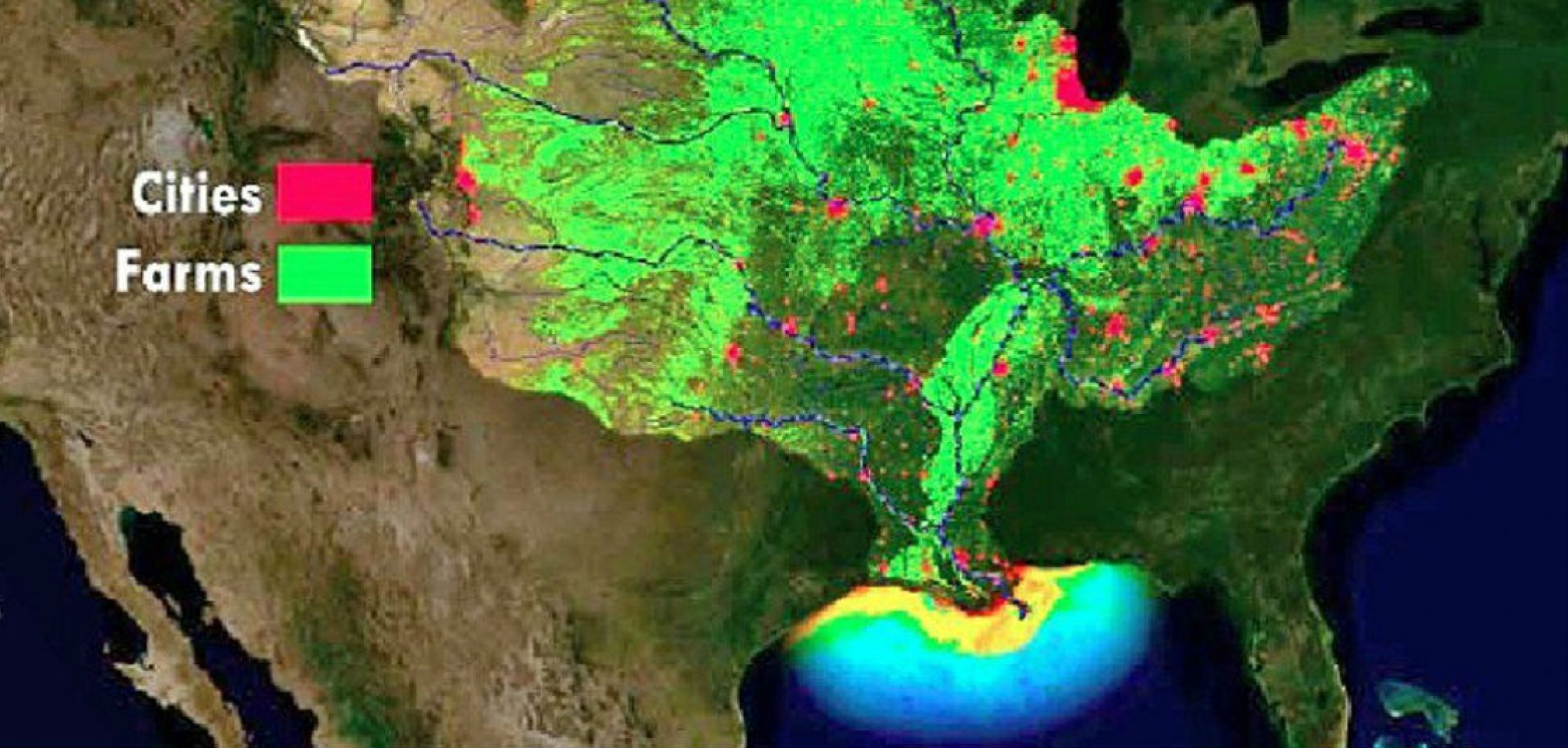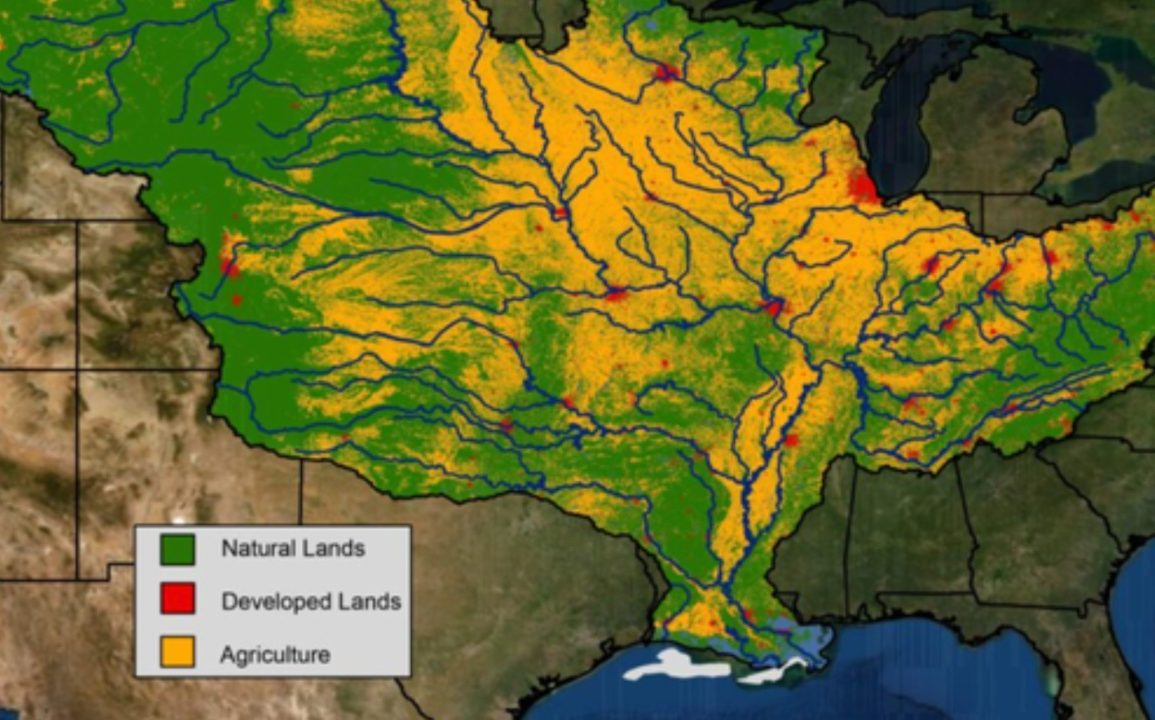For decades, the Gulf of Mexico has experienced a recurring issue known as a “dead zone,” an area where oxygen levels are so low that marine life cannot survive. This year, the dead zone has expanded significantly, with its size reaching approximately 6,705 square miles, a stretch comparable to the size of New Jersey.
This marks one of the largest dead zones recorded in the past 38 years, with the current size exceeding the average of 4,298 square miles observed over the last five years and being about 1,000 square miles larger than earlier predictions.
The phenomenon of a dead zone, also referred to as hypoxia, occurs when nutrient runoff—primarily from excessive fertilizer use on agricultural lands—depletes oxygen levels in the water. This results in a lack of oxygen necessary for the survival of marine organisms.
The U.S. Environmental Protection Agency (EPA) has identified nutrient pollution as a critical factor leading to these hypoxic conditions, impacting water bodies nationwide and causing severe ecological damage in the Gulf of Mexico.

Efforts to address the issue include initiatives from federal and state officials aimed at reducing fertilizer runoff. One significant effort is the EPA’s Gulf Hypoxia Program, which is designed to curb nutrient pollution from agriculture and mitigate the size of the dead zone.
Despite these efforts, the dead zone’s size in 2024 remains about 3.5 times larger than the reduction goal set by the Mississippi River Nutrient Task Force, which aims to shrink the dead zone to 1,930 square miles by 2025.
The dead zone’s impact is severe, as it deprives fish, shrimp, and crabs of the oxygen needed to survive, leading to mass die-offs of marine life.
The National Oceanic and Atmospheric Administration (NOAA) emphasizes the importance of monitoring hypoxia as a key indicator of ocean health, especially considering the potential exacerbation of the problem due to climate change, increased storm activity, and higher precipitation rates.
While the dead zone fluctuates seasonally, typically diminishing during cooler months, experts predict it will persist for decades. Research published in 2018 suggests that even with a complete elimination of nutrient runoff—an unlikely scenario—it would take at least 30 years for the Gulf’s ecosystem to fully recover due to the slow movement of nitrogen through soil and groundwater systems.

